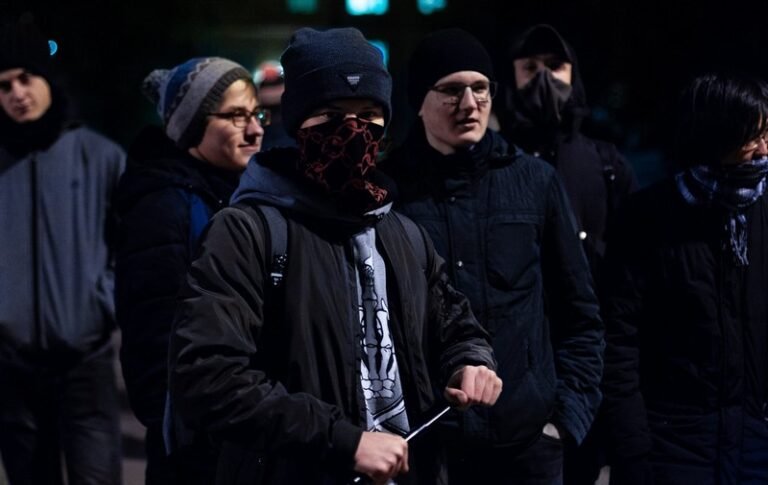Table of Contents
- Core Concepts of Actor-Network Theory
- Theoretical Implications of ANT
- Applications of Actor-Network Theory
- Critiques and Limitations of ANT
- Conclusion
Actor-Network Theory (ANT) is a critical framework developed in the field of Science and Technology Studies (STS). Originating in the late 1980s through the works of Bruno Latour, Michel Callon, and John Law, ANT provides a novel way of examining the intricate relationships between technology, society, and knowledge. Unlike traditional sociological theories that often distinguish between human and non-human actors, ANT blurs these boundaries, treating all entities within a network as equal participants in the construction of reality. This approach offers a unique lens to explore the dynamics of power, agency, and the production of knowledge in contemporary societies.
Core Concepts of Actor-Network Theory
Actors and Actants
In ANT, the term ‘actor’ or ‘actant’ refers to any entity that can act and make a difference within a network. This includes both human beings and non-human objects such as machines, texts, and even natural phenomena. The concept challenges the anthropocentric view by suggesting that non-human entities possess agency and can influence outcomes in the same way humans can. For example, a computer system in a hospital can be as influential in shaping medical practices as the doctors and nurses who use it.
Networks and Assemblages
A fundamental aspect of ANT is the idea of networks or assemblages. These networks consist of various actors linked together through associations and interactions. The stability and durability of a network depend on the strength of these associations. For instance, the functioning of a smartphone involves a complex network of manufacturers, software developers, telecommunications infrastructure, and users. Disruptions in any part of this network can affect the overall performance of the device.
Translation and Mediation
Translation is a key process in ANT, referring to the ways in which actors align their interests and identities within a network. Through translation, actors negotiate, redefine, and stabilize their roles and relationships. Mediation, on the other hand, involves the intermediaries that facilitate these interactions and transformations. For example, in scientific research, a laboratory can act as a mediator that brings together scientists, instruments, and data to produce new knowledge. Understanding these processes is crucial for analyzing how power and control are exercised within networks.
Theoretical Implications of ANT
Reconstructing Agency
One of the significant contributions of ANT is its reconfiguration of the concept of agency. By attributing agency to both human and non-human entities, ANT challenges the traditional sociological focus on human actors as the primary agents of social change. This perspective allows for a more comprehensive analysis of how technologies and objects influence social practices. For instance, the introduction of digital surveillance systems in public spaces can alter social behaviors and perceptions of privacy, highlighting the agency of technological artifacts.
Decentering the Human Subject
ANT’s approach to decentering the human subject aligns with broader posthumanist and materialist trends in contemporary social theory. By emphasizing the entanglement of humans and non-humans in the construction of social realities, ANT encourages a more nuanced understanding of how material and symbolic elements co-produce the social world. This shift has profound implications for various fields, including anthropology, sociology, and cultural studies, where the role of objects and technologies in shaping human experiences is increasingly recognized.
Challenging Dichotomies
ANT fundamentally challenges several dichotomies that have long dominated sociological thought, such as the distinctions between nature and culture, subject and object, and micro and macro levels of analysis. By treating all elements within a network as equally significant, ANT promotes a more integrated and holistic approach to studying social phenomena. For example, environmental sociologists can use ANT to explore how ecological and social systems interact, revealing the interconnectedness of human and non-human actors in addressing environmental issues.
Applications of Actor-Network Theory
Get the full article AD FREE. Join now for full access to all premium articles.
View Plans & Subscribe Already a member? Log in.





